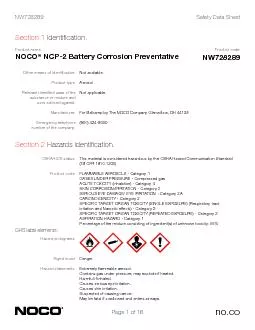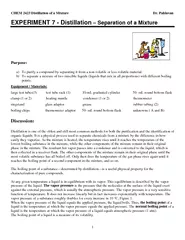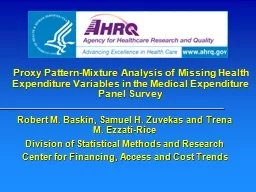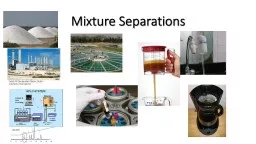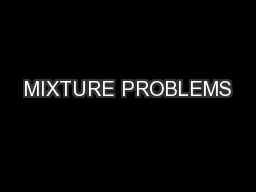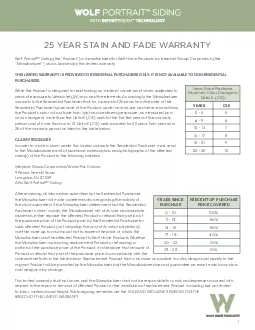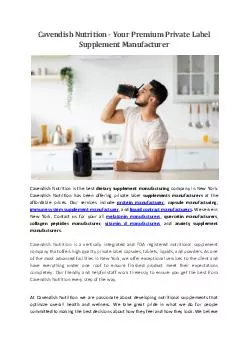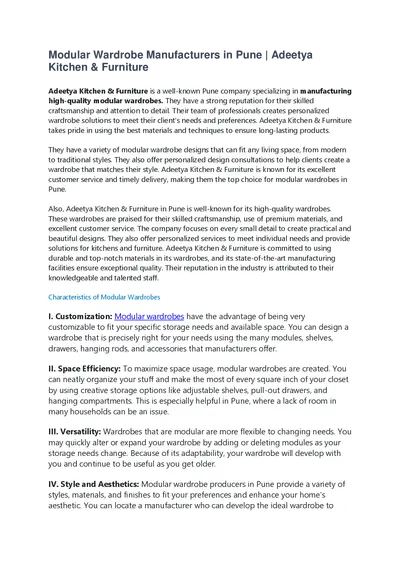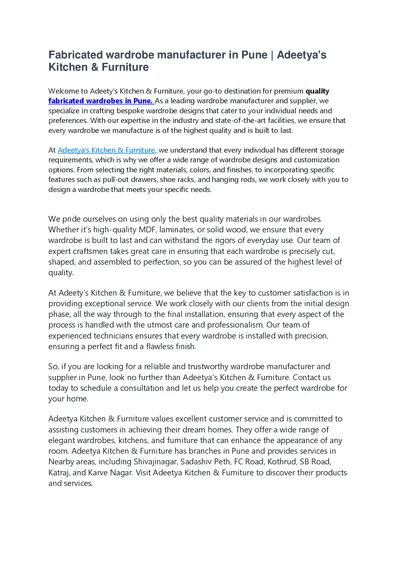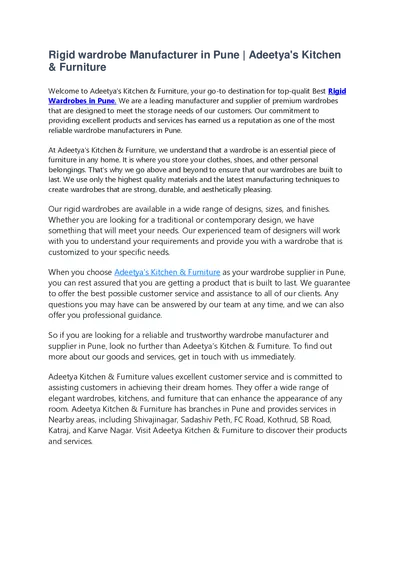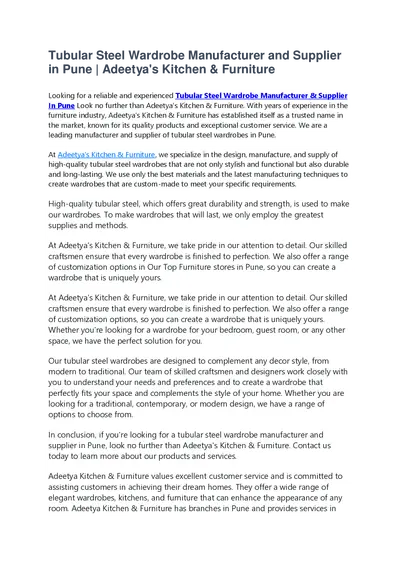PDF-Product typesubstance or mixture and Manufacturer AerosolFor Balkam
Author : jade | Published Date : 2021-06-09
Page 1 of 16 NW728289Safety Data Sheet noco GHS label elements Page 2 of 16 PreventionHazards not otherwise classi31edMay cause respiratory irritationMay cause drowsiness
Presentation Embed Code
Download Presentation
Download Presentation The PPT/PDF document "Product typesubstance or mixture and Man..." is the property of its rightful owner. Permission is granted to download and print the materials on this website for personal, non-commercial use only, and to display it on your personal computer provided you do not modify the materials and that you retain all copyright notices contained in the materials. By downloading content from our website, you accept the terms of this agreement.
Product typesubstance or mixture and Manufacturer AerosolFor Balkam: Transcript
Download Rules Of Document
"Product typesubstance or mixture and Manufacturer AerosolFor Balkam"The content belongs to its owner. You may download and print it for personal use, without modification, and keep all copyright notices. By downloading, you agree to these terms.
Related Documents

